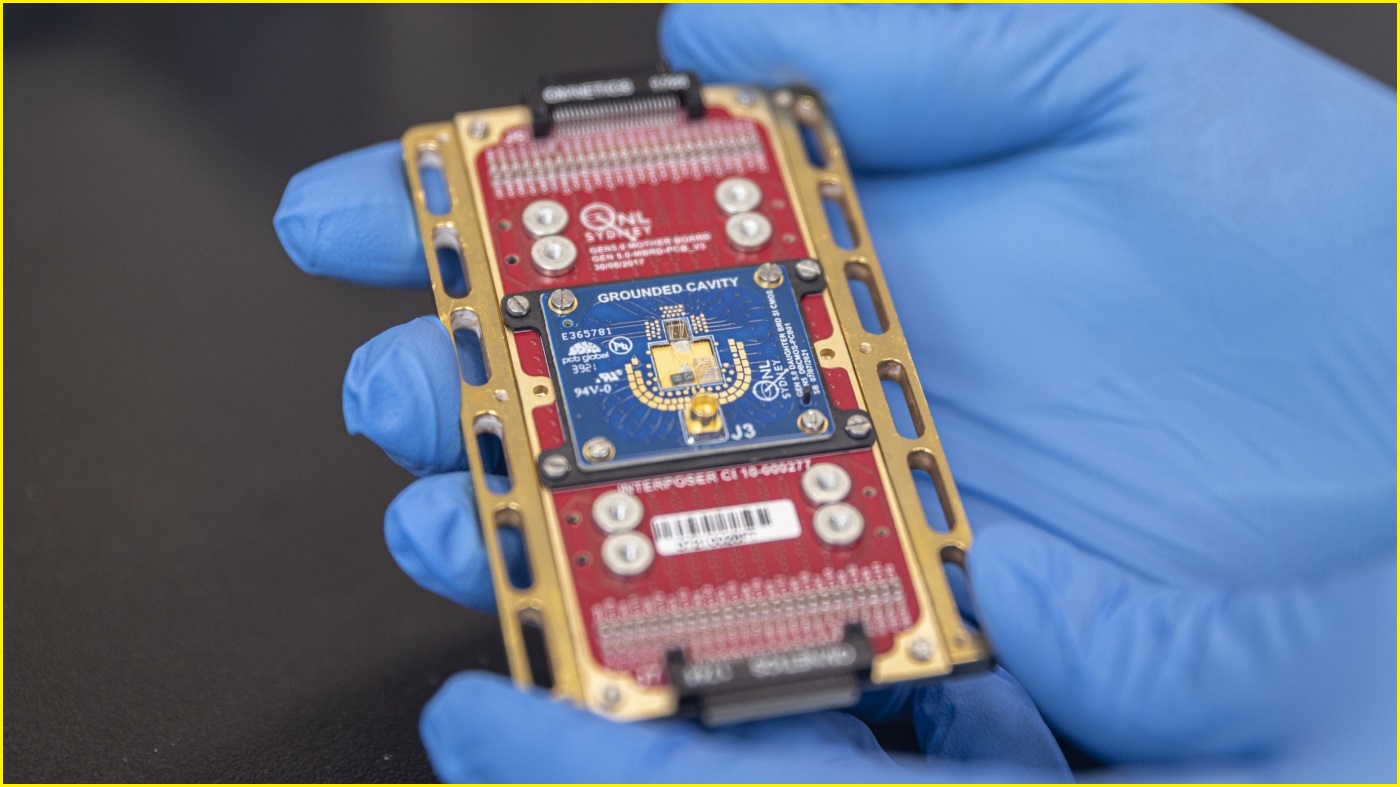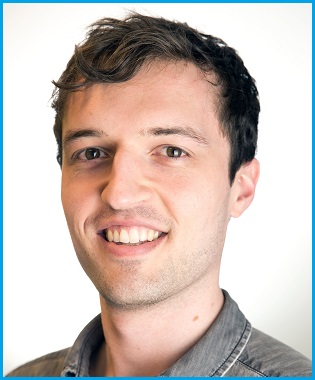Innovative new electronics designed in Australia will help accelerate the development of powerful quantum computers and potentially bring more efficient processing to the data centres of the future, according to local researchers.
In a paper published on Thursday in the prestigious scientific journal Nature, experts described a scalable and more efficient new chip developed in Sydney which worked at temperatures just above absolute zero, or -273.15 degrees Celsius.
Researchers have tried for decades to control and scale-up quantum bits, known as qubits, so their multiple subatomic states can be used to process information more quickly than the usual binary 1s and 0s of traditional computers.
The Australian researchers said they had developed a silicon chip which proved millions of qubits could be stored on a quantum device, surpassing current designs which hold under 100.
The research involved experts from the University of Sydney and the University of New South Wales, as well as two companies which spun out from those institutions — Diraq, which provided the qubits, and Emergence Quantum.
Lead researcher Professor David Reilly from the University of Sydney, who co-founded Emergence Quantum, told Information Age the team’s qubit control electronics could be placed less than a millimetre away from the qubits themselves, without destroying their sensitive and important quantum states.
This would allow for a greater number of a particular type of qubit, known as a spin qubit, to be condensed onto a single chip using technologies already used to print billions of transistors onto smartphone and laptop processors, Reilly said.
“How do you get several hundred thousand transistors to function with a total power of only a few microwatts, and at a temperature near absolute zero?
“That challenge is something that we recognised a decade ago was going to be a showstopper,” he said.
‘A lot of people thought I was crazy’
For many years there has been "a lot of scepticism” about overcoming the bottleneck to scale posed by the complex circuits which control and measure qubits, said Reilly, who suggested the research team’s discoveries came at “the end of a long road”.
“If you asked me three years ago, ‘Are the qubits going to notice that there’s 200,000 transistors switching right next door?’ … I think I would have said I wouldn’t be surprised if the qubits are completely destroyed by that,” he said.

[L-R] Quantum researchers Dr Sam Bartee, Dr Kushal Das, and Professor David Reilly. Image: University of Sydney / Supplied
Reilly said he went against the grain decades ago when most quantum researchers were more interested in creating qubits, by focusing on the challenge of improving the circuitry for quantum systems.
“I think a lot of people thought I was crazy,” he said.
“… But I also had, I think, an intuition that although [my work] felt very futuristic, it’s amazing how quick things start to speed up.”
Reilly said he even took some inspiration from how video screens typically used one key circuit to control many tiny pixels, to attempt to simplify the circuitry on future quantum devices and make them more energy efficient than their room-sized predecessors.
“Building a quantum computer that’s distributed across racks of electronics at room temperature — and rooms full of stuff, and something in a refrigerator, all hooked up with cables — this starts to look like the vacuum tube computers of the 1940s,” he said.
“In order to scale this up, we need to move into a much tighter integrated system where all of the control circuitry and the qubits are located in the same place, together.
“… What we’ve developed and demonstrated does now open that path to scalability.”
Australian innovations push for commercialisation
Emergence Quantum was founded earlier this year with a focus on commercialisation and research and development (R&D) after Reilly and several of his University of Sydney colleagues declined offers to join Microsoft, which ended its partnership with the university in 2024.
The researchers’ work contributed to Microsoft’s Majorana 1 quantum chip which was debuted in February 2025, and the technology giant supported Reilly and his colleagues’ latest research on qubit control electronics — alongside the Australian Research Council and research offices of the United States military.
A different quantum computing innovation developed by University of Sydney researchers was also used in Google’s quantum chip Willow earlier this year.
Reilly said he saw further commercialisation opportunities for efficient and scalable quantum control technologies within advanced sensing systems — but also in data centres, which are consuming increasing amounts of energy amid the rise of generative artificial intelligence and increased demands for cloud computing.
“We’re going to continue to work with every type of qubit on the planet, we’re going to collaborate and interact and build partnerships with everybody,” he said.
“We’re qubit agnostic in a lot of ways — but we think the real breakthroughs now are going to come at this control layer level, and that’s going to be the difference between scaling or not.”
Dr Kushal Das — the lead designer of the new control chip, who holds a joint position with the University of Sydney and Emergence Quantum — said the team expected “many” other organisations would try to follow their lead.
“Fortunately for us, this is not so easy but requires years to build up the know-how and expertise to design low-noise cryogenic electronics that need only tiny amounts of power,” he said.










